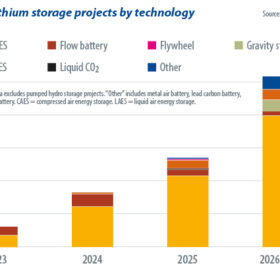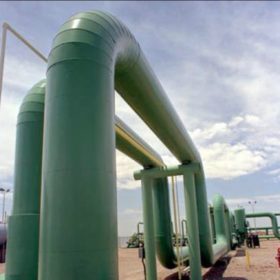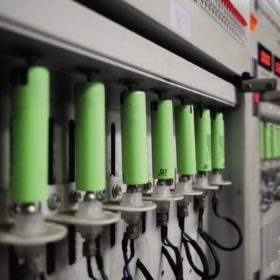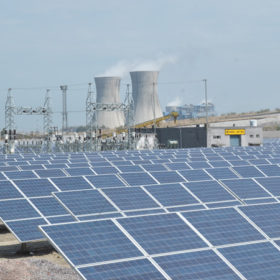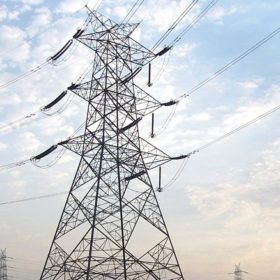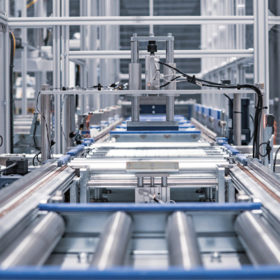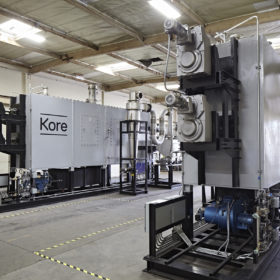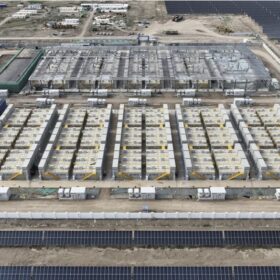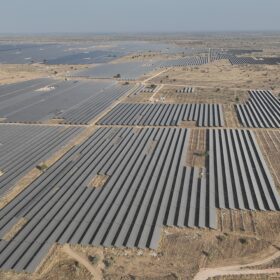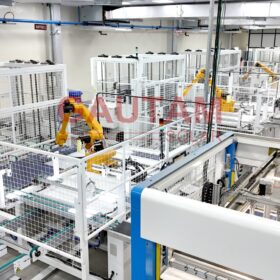Northvolt closes Cuberg’s ops, shifts lithium-metal battery R&D to Sweden
Three years after acquiring US-based Cuberg, Swedish battery maker Northvolt has decided to shut down the California unit and move future lithium-metal battery R&D to Sweden.
Can anything topple lithium-ion?
The need for long-duration energy storage in a net-zero world is undeniable but with conventional battery prices tumbling, can anything dislodge the mainstream grip of lithium ion? S&P Global’s Susan Taylor provides an update on non-lithium storage technologies.
NTPC signs green hydrogen MoUs with GSPC and GPPL
NTPC Green Energy Ltd (NGEL) has signed a memorandum of understanding for the blending of green hydrogen in the gas networks of Gujarat State Petroleum Corp. Ltd and green hydrogen mobility by setting up of green hydrogen fuelling stations in Gujarat. It has also signed an MoU with Gujarat Pipavav Port Ltd to develop a green hydrogen ecosystem, including production of green ammonia, for export and domestic market.
Gates-backed Fourth Power pilots thermal storage based on TPV cells
Fourth Power, backed by Bill Gates’ venture firm, has developed high-density thermal energy storage based on thermophotovoltaic cells. The tech, which is reportedly 10 times cheaper than lithium-ion batteries, is based on the U.S. company’s patented liquid metal heat transfer system.
Shyam Metalics to make aluminum foil for lithium-ion cells
Shyam Metalics’ entry into battery-grade aluminum foil at scale will support domestic Lithium-ion battery production.
India needs $15 trillion to achieve net zero by 2070, says FICCI-Deloitte report
To decarbonize the grid, India needs to add 40-50 GW of grid-scale renewable energy (solar and wind) capacity every year for the next few decades and phase out coal.
Union Budget 2023: Mainstreaming flexible and resilient grids
While the current policy regime supports the adoption of flexible resources like batteries, grid flexibility and resilience require more focus and a range of calibrated efforts, including due acknowledgment as a sector priority and robust planning at the central and state level. The upcoming union budget provides an opportunity for the government to develop flexible and resilient grids.
The long read: State-of-the-art assessment of batteries
Batteries are set to drive the energy and mobility transitions. Worryingly, when they degrade early or excessively – particularly because of misuse – it can be costly. Claudius Jehle, the CEO of volytica, explains how a better understanding of batteries can prevent expensive mistakes.
New method could potentially produce hydrogen from biogas for $2/kg
Kore, an energy startup in California, has developed a new way to produce hydrogen from biogas, and is now poised to build a commercial-scale demonstration facility in Los Angeles. It said half of the carbon in the feedstock can be converted into gas, while the other half can be converted into solid elemental carbon char.
GAIL awards 10 MW green hydrogen project
GAIL, India’s largest state-owned natural gas company, has awarded a contract to an undisclosed company to install and commission a proton exchange membrane (PEM) electrolysis unit in Madhya Pradesh. The system will be powered by 10 MW of renewables, to produce around 4.3 metric tons of hydrogen per day.

